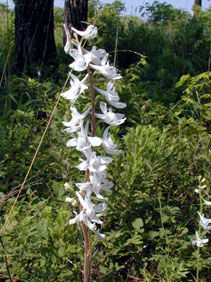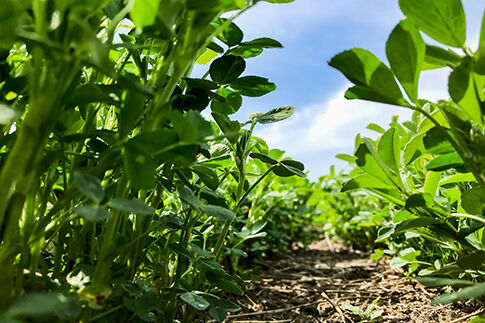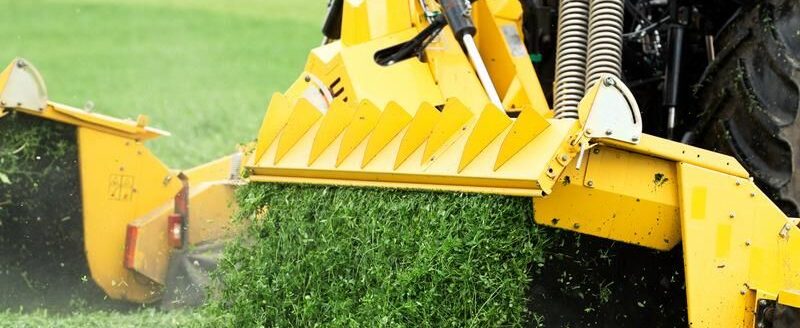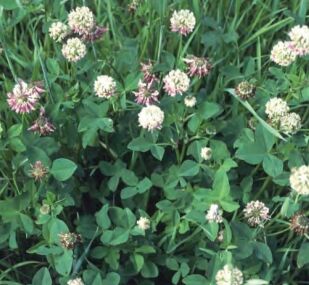While generally not as problematic in Nebraska compared to other western states, poisonous plants can exact their toll on livestock enterprises, and many times the losses are unrecognized.
There are 17 species listed as primary toxic plants that can be found in Nebraska. Toxic plants contain or produce substances injurious or lethal to animals. The amount of plant material consumed by the grazing animal before death or poisoning symptoms appear, does vary by species. Poisoning symptoms will vary depending on the toxic compound in the plant, but may include difficulty breathing, excess salivation, nervousness, or staggering. Many poisonous plants are avoided by the animal, but a scarcity of forage, such as under drought conditions may lead to a situation where they are consumed.
There are some species, such as prairie larkspur, where grazing animals may select for them when they are flowering (mid-June to early July). Other relatively common poisonous plants in central and western Nebraska include Riddell groundsel, Lambert crazyweed, wooly locoweed, and chokecherry.
Poison hemlock and spotted water hemlock are common statewide. These two species prefer moist areas in pastures, creek banks, ditches, and disturbed sites.
If you suspect a poisonous plant problem in your pastures, be sure to get a positive identification of the plant. When control or removal of the plants is not possible, it may be best to move livestock to a different pasture.
Nebraska Extension does have a great resource called Nebraska Plants Toxic to Livestock (EC3037) at https://extensionpublications.unl.edu/assets/pdf/ec3037.pdf.




